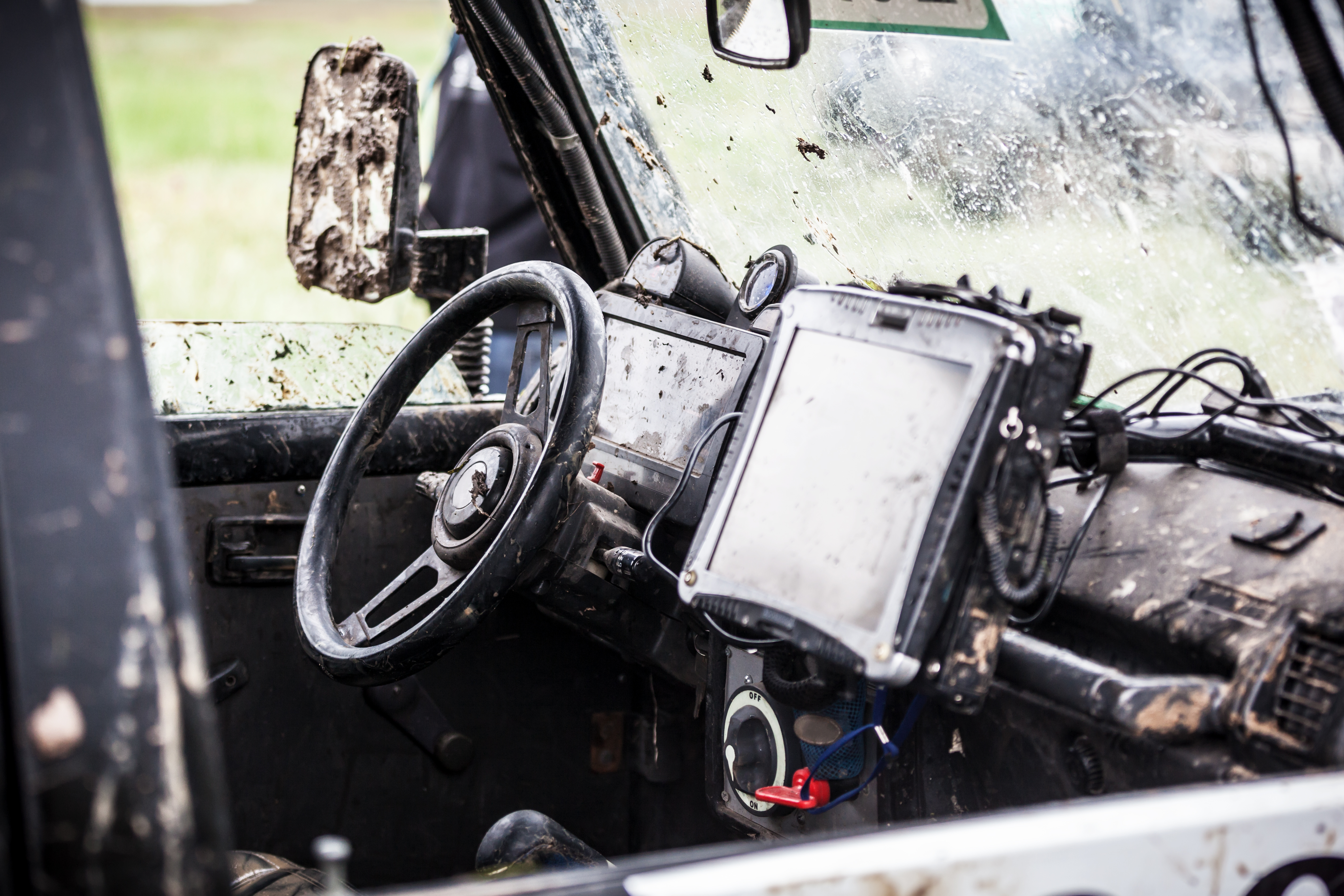Designing Displays for the Outdoors
You are here
Display technology has advanced in many dimensions over the last few years, resulting in more choices of excellent-looking displays that make your end product attractive and easy to use. However, if your end product has to operate in harsh environments, then choosing a display that still looks good after years of operation is what builds your reputation and keeps your customers coming back.
Factors to Consider
Temperature – Most LCDs are designed for a narrow temperature range. As temperature drops, the liquid crystal gets more viscous and response time increases, and eventually, the display ceases to respond. At high temperatures, the display can go black in patches, mainly where sunlight causes local heating.
Lifetime – Lifetime for displays can be considered in two dimensions. Consumer-grade displays may only be manufactured for one or two years before being replaced by newer models. We carefully select supply chain partners who can match the needs of our customer's projected product life cycle.
Also, the expected lifetime in the field needs to be considered. Consumer electronics are usually designed for a useful life of two to three years, which is not acceptable in industrial applications. Designing a backlight with long-life LEDs is extremely important.
Running the backlight at a lower than its rated current (brightness) extends the system life. Remember that backlight life is often quoted as T50, or the length of time to drop from the backlight's out-of-the-box brightness to 50% of that. The most crucial components in specifying a display for a tough environment are to understand the typical duty cycle of operation and the number of hours per week that the system is going to be active.
Touch Sensor – Today's Projected Capacitive Touch Sensor technology is excellent for harsh environments, not least because the electronics are all behind the cover-glass and protected from the elements. If the touch function needs to operate with water on the glass or with gloves, it will need to be carefully tuned for your system and enclosure.
We don't recommend older technologies like resistive touch since they don't do well with UV exposure. The display pictured below was left outdoors in the Florida sun and salty air for several months causing severe degradation of the touch sensor.
Resistive touch systems also have a finite life, typically around 100,000 touches, and may need periodic calibration.
Cover Glass Finish – While the cover glass needs to be thick enough to protect the display from physical abuse, the glass finish is essential for the long-term appearance of your system. Gorilla Glass is a Corning product widely used in phones. The glass is chemically treated to increase the surface hardness, making it somewhat more resistant to scratching. The most significant advantage of these processes is that the strengthening penetrates deeper into the surface; therefore scratches do not penetrate the chemically toughened layer, and the resultant glass is more resistant to breakage. There are other competitors to Gorilla glass at varying toughness and cost.
Another aspect of cover glass design is the surface finish. Anti-glare (AG) and anti-reflective (AR) coatings can be applied as films or etched into the surface. Etched finishes are superior for long life in harsh environments. Anti-smudge, oleophobic, and anti-bacterial finishes are also available but must be selected carefully to meet specification.
Cover Glass Ink – The bezel area of a display is usually defined by a border of ink printed on the inside of the cover glass, often with system logos. The quality and durability of this ink are essential over the long term. Exposure to UV light is a challenge for lower-cost inks. The most durable are special-purpose inks which are baked into the surface of the glass.
Bonding Technology – LCDs are made up of multiple layers, display cells, polarizers, touch sensors, and cover-glass. Some layers can be bonded together by double-sided tape around the bezel, leaving air gaps between layers. These air gaps allow light from outside (the brighter the sunshine, the stronger the reflections) to bounce around, dramatically reducing the contrast of the display. A better approach is to optically bond the layers. An adhesive, specially formulated to have the same refractive index as the glass, is applied either as a viscous liquid, or a thin film, to the surface to be bonded. The next glass layer is placed then the adhesive is activated by some combination of pressure, temperature, or UV light, which produces a stiff, robust, and optically clear assembly. As with all the display components, we choose this adhesive for the specified environment where temperature and UV exposure are critical.
Enhancement Films and Polarizer Material –LCDs have two polarizer layers plus enhancement layers to optimize uniformity and brightness. Less expensive materials can shrink permanently when exposed to high temperatures. Long-term exposure to UV light can also discolor the polarizers, turning them yellow.
Reliability Testing – US Micro Products subjects their Harsh Environment Displays to extensive testing to ensure our products meet their design goals. We include solar radiation testing to MIL Specs as well as extended lifetime and moisture testing.
Conclusion
At US Micro Products our engineers work closely with our customers to understand the environmental factors at play in the operation of the end product. This is crucial in the selection of materials, manufacturing processes, and testing of the display. Taking shortcuts in the design of your display might seem to yield a lower initial cost but may result in long-term problems. Such problems can damage your customer satisfaction and reputation. Our engineering team has designed many hundreds of solutions for multiple environments. Their experience can make a huge difference to your product's success.
If you have more questions or need help finding the right display interface, send us an email at sales@usmicroproducts.com.

